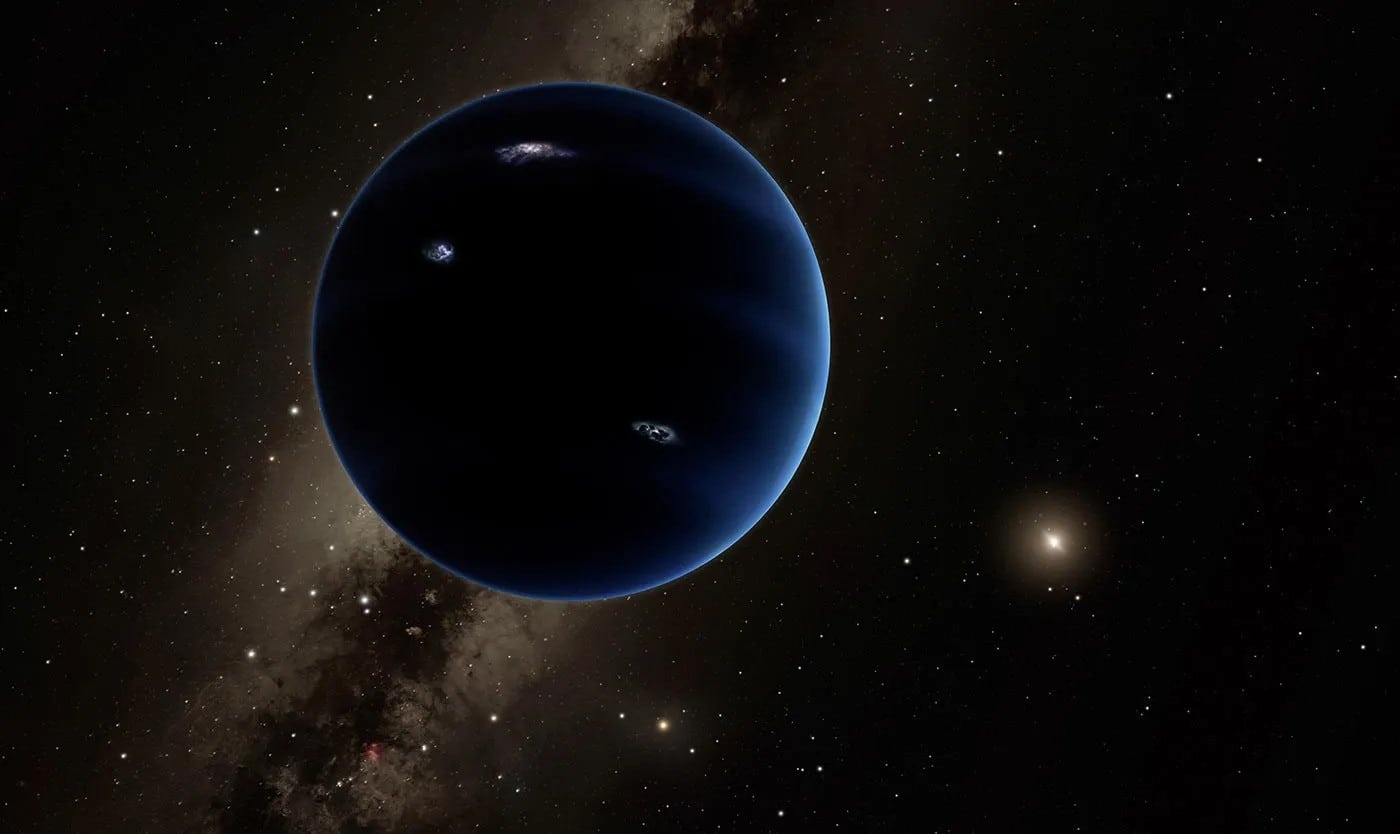
If you’re like yours truly, you must have been dejected by the 2006 announcement that Pluto is no longer formally recognized as a planet by the International Astronomical Union (IAU). I’ve previously interviewed experts and made, in my humble opinion, a strong case for why this was a bad take.
But here’s something that most people may not be aware of. Besides the remaining eight ‘classical’ planets, there are five other so-called dwarf planets: Pluto, Ceres, Haumea, Makemake, and Eris. If you consider satellites (or moons) as planets — and many astronomers stand by this definition — there ought to be at least 150 planets in the solar system.
There could be many more. Although you’ll hear about the mighty James Webb Telescope peering into the depth of ancient cosmic time and revealing galaxies just a few hundred million years after the Big Bang, a lot of the solar system is largely uncharted.
The poster child of this vast expanse is undoubtedly the elusive Planet X, sometimes called Planet 9. This still hypothetical planet likely exists in the outer regions of our solar system, beyond Neptune. This notion stems from observed anomalies in the orbits of trans-Neptunian objects (TNOs) and other distant celestial bodies, suggesting they are being gravitationally influenced by a yet-undiscovered, massive planet. This isn’t any ‘dwarf’ by any measure, as some have proposed its mass exceeds ten Earths.
Well, if it’s so large, why haven’t we found this Planet X yet then? Good question. Using the Oort Cloud as an approximate boundary and considering it extends somewhere between 1,000 Astronomical Units (AU) and 100,000 AU (or about 9.3 trillion miles) would mean that the size of the solar system is between two to three light-years across.
That’s a lot of space to cover. Luckily, astronomers led by Dr. Mike Brown, professor of astronomy at Caltech, have just published a new study that has dramatically narrowed down the possible location of Planet X.
A huge but hidden planet
Leveraging data from the Panoramic Survey Telescope and Rapid Response System (Pan-STARRS), the team has scoured the heavens more extensively than ever before. Pan-STARRS, a marvel of modern astronomy based at Haleakala Observatory and operated by the University of Hawai’I Institute of Astronomy, allowed the researchers to dismiss around 78 percent of previously calculated possible locations for Planet X.
The researchers have also refined estimates of the planet’s size and orbit, suggesting it could be the fifth largest in our solar system, with a mass between that of Earth and Uranus. The researchers estimate Planet X could be 500 AU away from the Sun and probably has a mass of 6.6 times that of Earth.
Despite the significant strides made, the elusive Planet X remains just beyond our grasp.
“While I would love to say that the most significant result was finding Planet Nine, we didn’t,” Dr. Brown tells Universe Today. “So instead, it means that we have significantly narrowed the search area. We’ve now surveyed approximately 80% of the regions where we think Planet Nine might be.”
Looking ahead, the Legacy Survey of Space and Time (LSST) at the Vera C. Rubin Observatory in Chile, which is still under construction, promises new horizons in the search. This forthcoming astronomical survey is poised to explore vast swathes of the cosmos, potentially bringing Planet Nine into the fold of our known solar system.
The discovery of Planet Nine would not only expand our cosmic backyard but also offer unparalleled insights into planetary science. “Such planets are common around other stars,” Dr. Brown notes, highlighting the unique opportunity to study a planet of this class within our solar system. The existence of Planet X could also explain numerous anomalies in the outer solar system’s orbital patterns, providing a unified theory for phenomena that have puzzled scientists for decades.
The new findings appeared in The Astronomical Journal.


